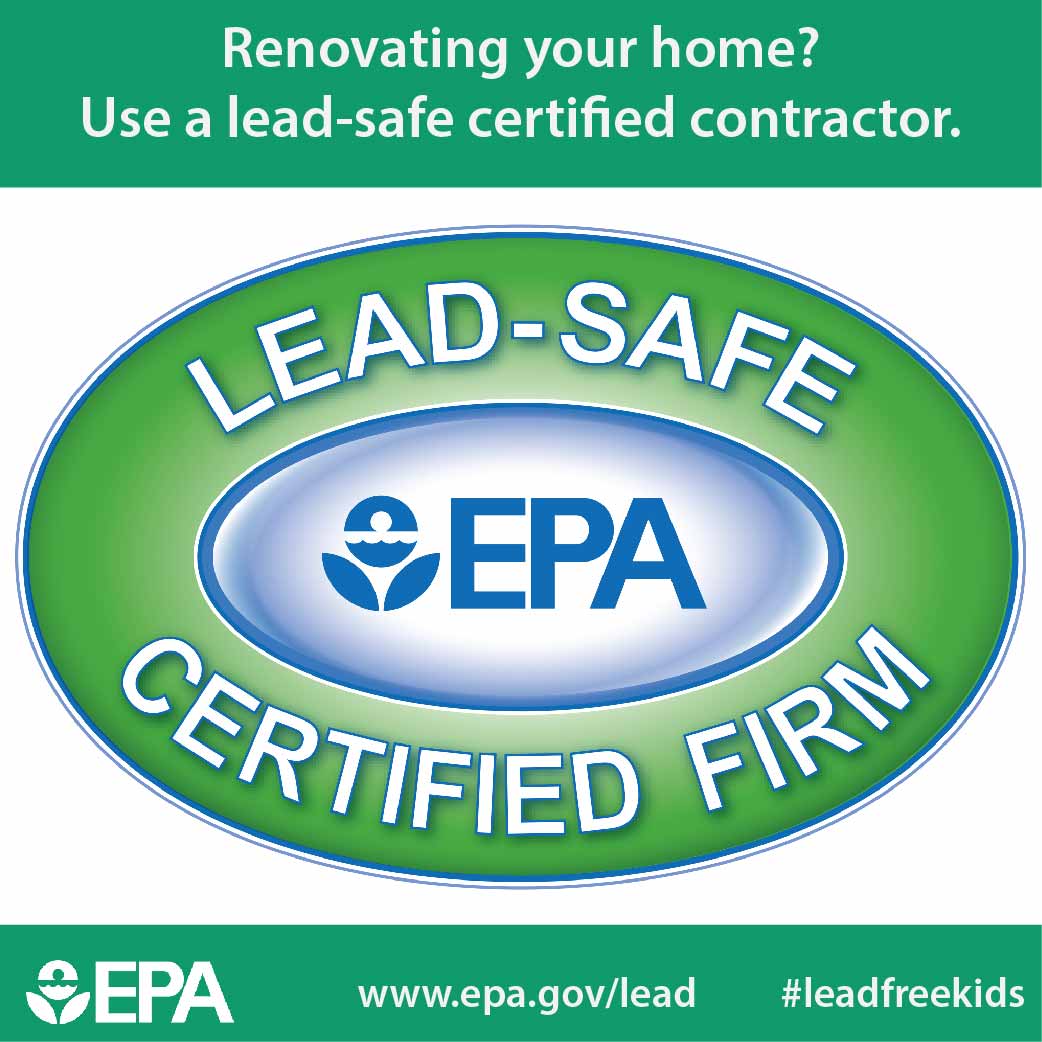Essential Seasonal Aspects Of Commercial Outside Paint: What You Need To Understand
Essential Seasonal Aspects Of Commercial Outside Paint: What You Need To Understand
Blog Article
Web Content By-Carlson Rodriquez
When you're intending a business outside painting task, seasonal elements can make or damage your outcomes. You'll intend to think about how temperature and moisture influence paint application and drying out times. Selecting the best season can ensure your paint sticks correctly and lasts longer. However which periods are truly the best for this type of job? Let's check out the key elements that can influence your project's success.
The Effect of Temperature on Paint Application
When you're intending a business exterior painting job, the temperature can substantially impact exactly how well the paint sticks and dries out.
Preferably, you want to repaint when temperature levels vary in between 50 ° F and 85 ° F. If simply click the next website page 's also cool, the paint might not treat effectively, leading to issues like peeling or fracturing.
On the flip side, if it's too warm, the paint can dry out also rapidly, protecting against appropriate bond and causing an unequal surface.
You should also think about the moment of day; early morning or late afternoon offers cooler temperatures, which can be a lot more beneficial.
Always check the producer's referrals for the specific paint you're making use of, as they commonly provide assistance on the excellent temperature level range for ideal results.
Moisture and Its Result on Drying Times
Temperature level isn't the only ecological element that affects your industrial external painting task; humidity plays a considerable function also. High humidity degrees can reduce drying times substantially, affecting the overall high quality of your paint job.
When the air is filled with dampness, the paint takes longer to cure, which can result in issues like poor attachment and a greater risk of mildew growth. If you're painting on a particularly damp day, be planned for extensive wait times between layers.
It's critical to keep track of regional weather and plan appropriately. Ideally, aim for humidity degrees between 40% and 70% for optimum drying out.
Maintaining Read This method in mind ensures your job stays on track and supplies a long lasting coating.
Best Seasons for Commercial Outside Painting Projects
What's the very best time of year for your business outside painting jobs?
Springtime and early autumn are generally your best bets. Throughout these periods, temperatures are mild, and moisture levels are often lower, creating perfect problems for paint application and drying out.
Stay clear of summer's intense heat, which can cause paint to dry as well quickly, causing poor bond and coating. Similarly, winter's chilly temperature levels can prevent correct drying and treating, running the risk of the durability of your paint task.
Aim for days with temperatures in between 50 ° F and 85 ° F for ideal outcomes. Bear in mind to examine the local weather report for rainfall, as wet conditions can spoil your task.
Planning around these factors guarantees your paint project runs efficiently and lasts longer.
Conclusion
In conclusion, preparing your industrial external paint tasks around seasonal factors to consider can make a considerable difference in the result. By scheduling job throughout the suitable temperatures and humidity levels, you'll make sure much better adhesion and drying times. Remember to watch on local weather prediction and pick the correct time of year-- spring and very early fall are your best options. Taking these actions will aid you attain a durable and professional surface that lasts.
